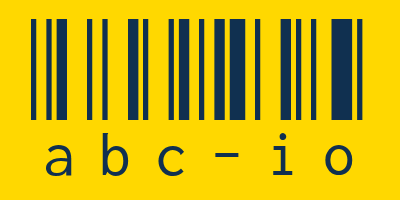
- Adata launches SD820 and SC735 external SSDs for portable high speed storage
- SD820 offers rugged durability with 2000MB/s transfer speeds and up to 4TB capacity
- SC735 delivers ultra light design with retractable USB-C and 1050MB/s speeds
Adata has announced two new external solid-state drives aimed at users – creators especially – who are in need of compact and portable storage.
The SD820 and SC735 are the latest additions to Adata’s external drive line, with each targeting different types of user.
The SD820 is the more rugged solution, built for outdoor users who face occasionally demanding conditions. It weighs 26.5g and offers read and write speeds of up to 2000MB/s using USB 3.2 Gen2 x2.
The storage problem
The drive meets the MIL-STD-810G 516.6 standard for dust and water resistance, and Adata says it can withstand short submersion as well as drops from 1.22 meters.
Available in 1TB, 2TB, and 4TB capacities, the SD820 is designed with creators in mind, especially those working with large photo and video files.
The SC735 is more for travel convenience. At 13.6g, it is lighter than its sibling and features a retractable USB Type-C connector, cutting cable clutter.
It offers transfer speeds of up to 1050MB/s and comes in 1TB and 2TB capacities.
It is also tested for drop resistance and works with a wide range of platforms, including iOS, Android, and Windows.
There’s no word on pricing or availability for either drive, but you should be able to buy them very soon.
With photo and video resolution, mobile gaming, and app sizes increasing, there’s definitely a market for external drives like the SD820 and SC735, and that points to a wider issue.
Smartphone storage hasn’t expanded at the same pace as the average user needs, especially not when it comes to budget and mid-range models.
Android 15 alone, for example, takes up around 30GB, leaving less space for media and apps on many devices. Yes, photos and videos can (and should) be backed up to the cloud, but many people like to keep copies on their devices.
I know someone who is forever battling to free up space on their Android phone because their model came with a meager amount of on-device storage.
At the same time, many phones ship with USB-C ports that are still limited to slower USB 2.0 speeds, making direct transfers less practical.
That combination of slow ports and limited internal storage is exactly why external SSDs like Adata’s new drives are starting to feel less like handy gadgets and more like everyday necessities.
Until phone makers address storage constraints directly, products like the SD820 and SC735 will keep filling a gap that probably shouldn’t exist in the first place.











Add Comment